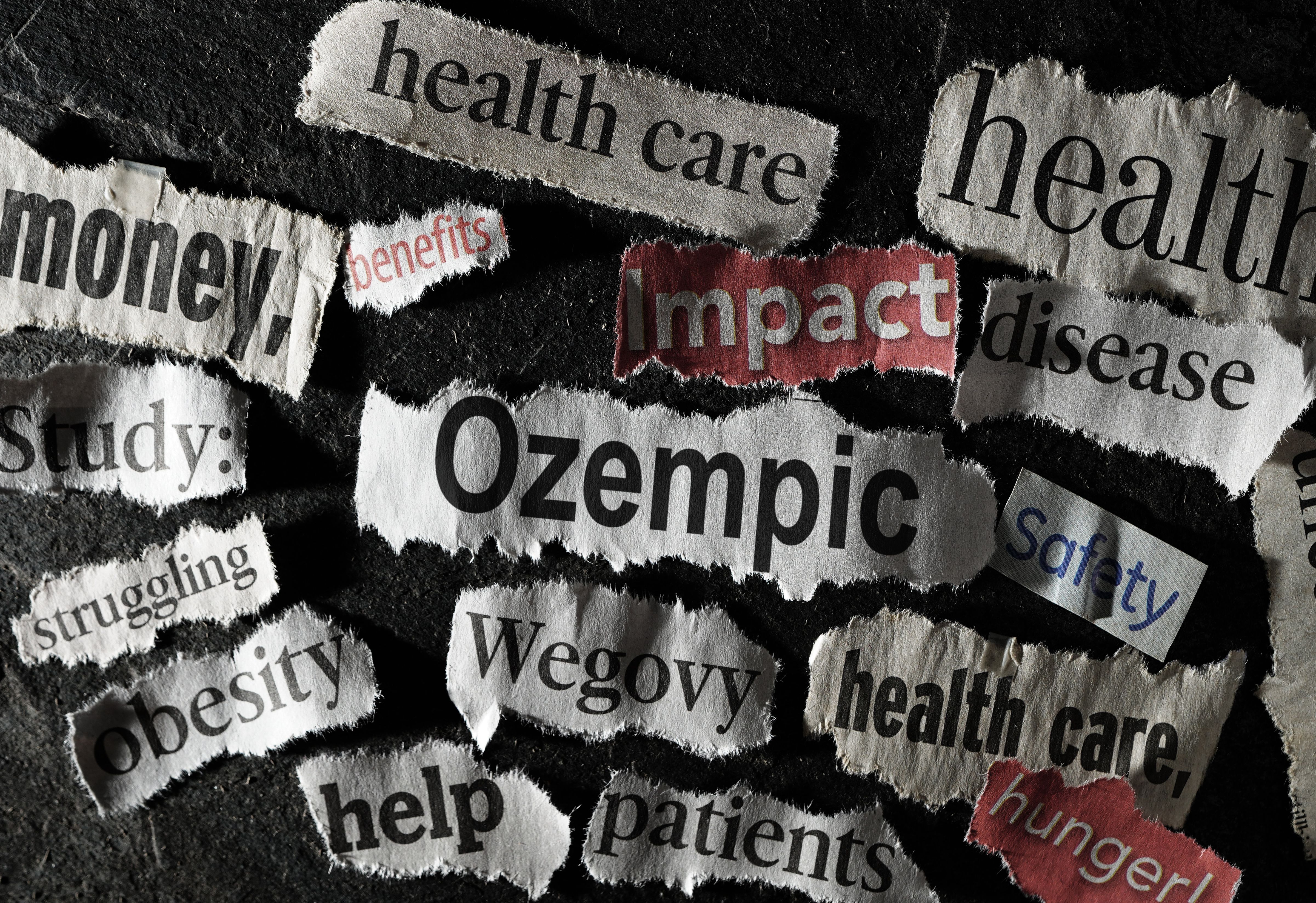Article
Illicit Prescription Painkiller Use May Lead to Heroin Abuse
Author(s):
A new report finds that those who used prescription painkillers recreationally were 19 times as likely to begin using heroin as those who did not.
A new report finds that those who used prescription painkillers recreationally were 19 times as likely to begin using heroin as those who did not.
The number of people who have begun using heroin in the United States has increased in recent years, and a report released in August 2013 by the Substance Abuse and Mental Health Service Administration (SAMHSA) suggests that nonmedical or recreational use of prescription pain medications may be to blame.
Prescription pain medications have similar pharmacological effects and chemical structures as heroin, which may lead those who abuse these drugs to begin using heroin as well. Small-scale reports and studies have previously linked the 2 habits. In addition, the number of people who reported using heroin for the first time increased from 106,000 in 2007 to 178,000 in 2011, causing concern among providers and policymakers.
Given these concerns, the SAMHSA report examined current trends in heroin initiation among individuals aged 12 to 49 as well as the role that painkillers may play in creating a pathway to illicit drug use. Using nationally representative data from the National Survey on Drug Use and Health, conducted annually from 2002 to 2011, the researchers collected information from approximately 609,000 individuals at risk for heroin use and 524,000 individuals at risk for using prescription painkillers recreationally or using pain medications not prescribed to them. Participants who reported initiation of heroin use within the previous 12 months were asked to indicate the month they first used the drug. Demographic information was collected, and sub-analyses looked at the effects of age, gender, race and ethnicity, household income, county type, and region.
The results indicated that those who reported previously using painkillers recreationally were 19 times more likely to begin using heroin than those who did not (0.39% compared with 0.02%). Among those who took prescription pain relievers, those who used the drugs more frequently were more likely to use heroin than those who did not use as often. Those who used painkillers for 200 to 365 days in a given year had a 4.10% chance of using heroin during that year, while those who took pain medications for just 30 to 99 days in a given year had a 1.22% chance of heroin use. Individuals who were determined to be dependent on or to have abused prescription painkillers in the past year had a 3.15% chance of using heroin, compared with just 0.25% of those who had used prescription painkillers for nonmedical reasons but had not been dependent on or abused them in the past year. Almost 80% of those who had recently begun using heroin had previously used painkillers for nonmedical reasons.
Heroin users were also almost 2 times as likely to use nonmedical prescription pain medications as those who did not use heroin (2.8% compared with 1.6%). However, only 1.0% of those who had recently begun taking pain medications had used heroin previously.
Although users of nonmedical prescription pain relievers were significantly more likely to begin using heroin than those who did not use painkillers, the authors note that the overwhelming majority of pain medication users do not begin using heroin. Of pain medication users, 3.6% began using heroin within 5 years after they first began taking prescription painkillers.
Newsletter
Stay informed on drug updates, treatment guidelines, and pharmacy practice trends—subscribe to Pharmacy Times for weekly clinical insights.





